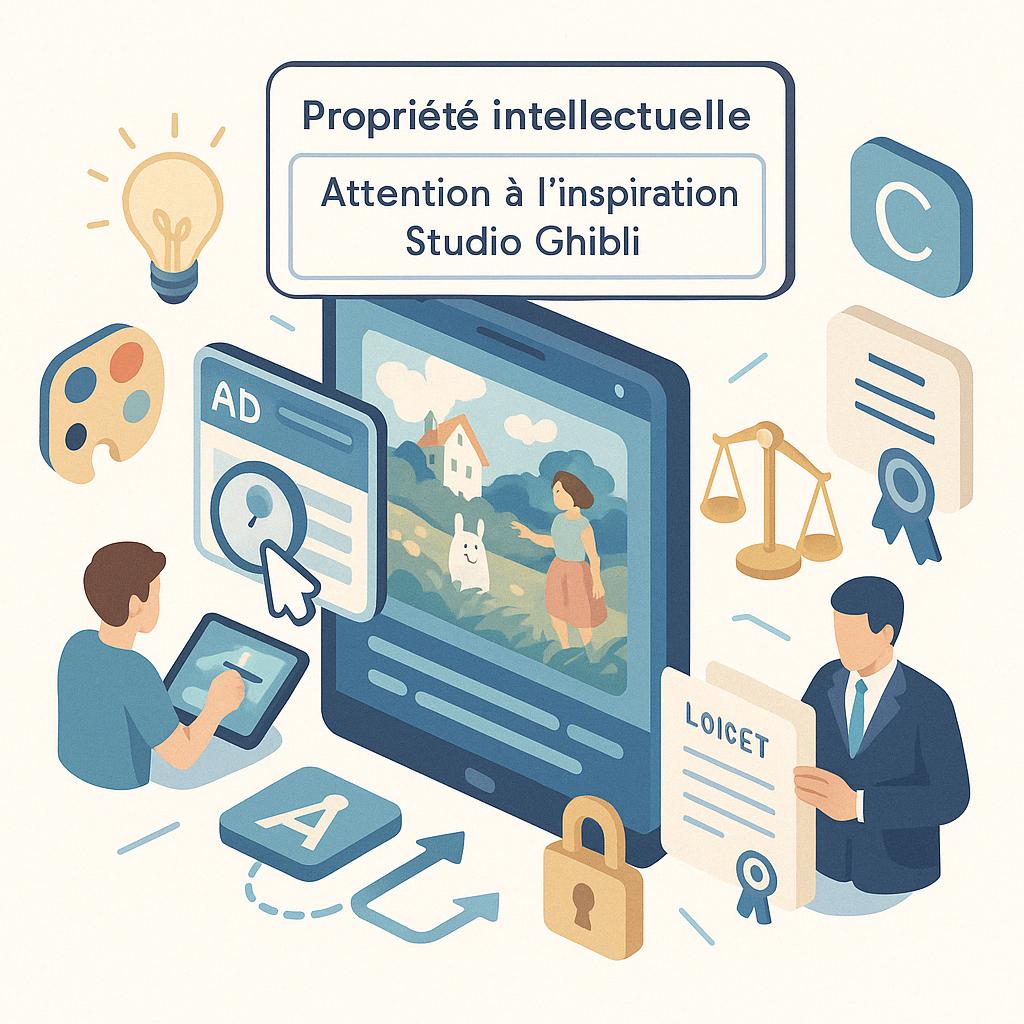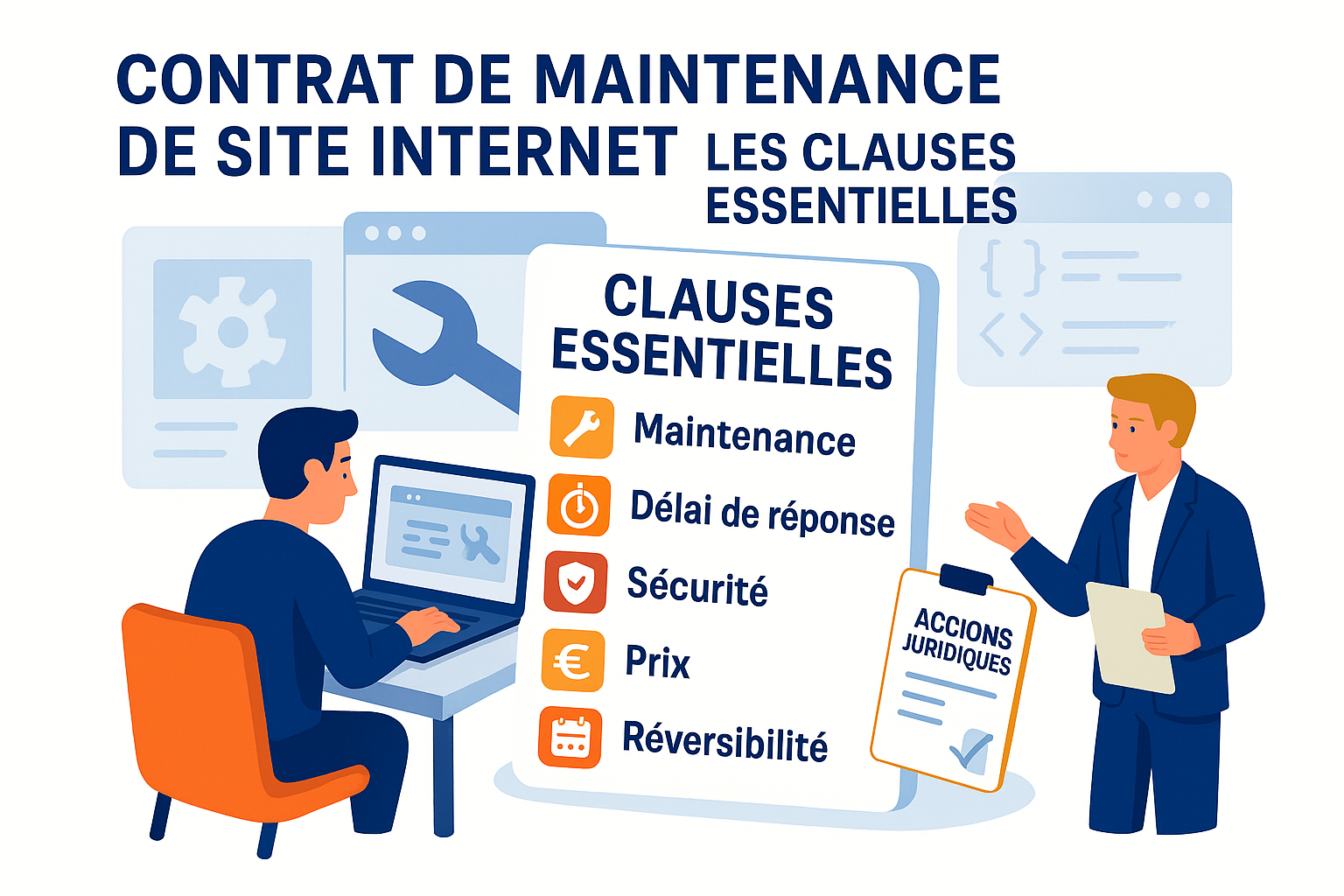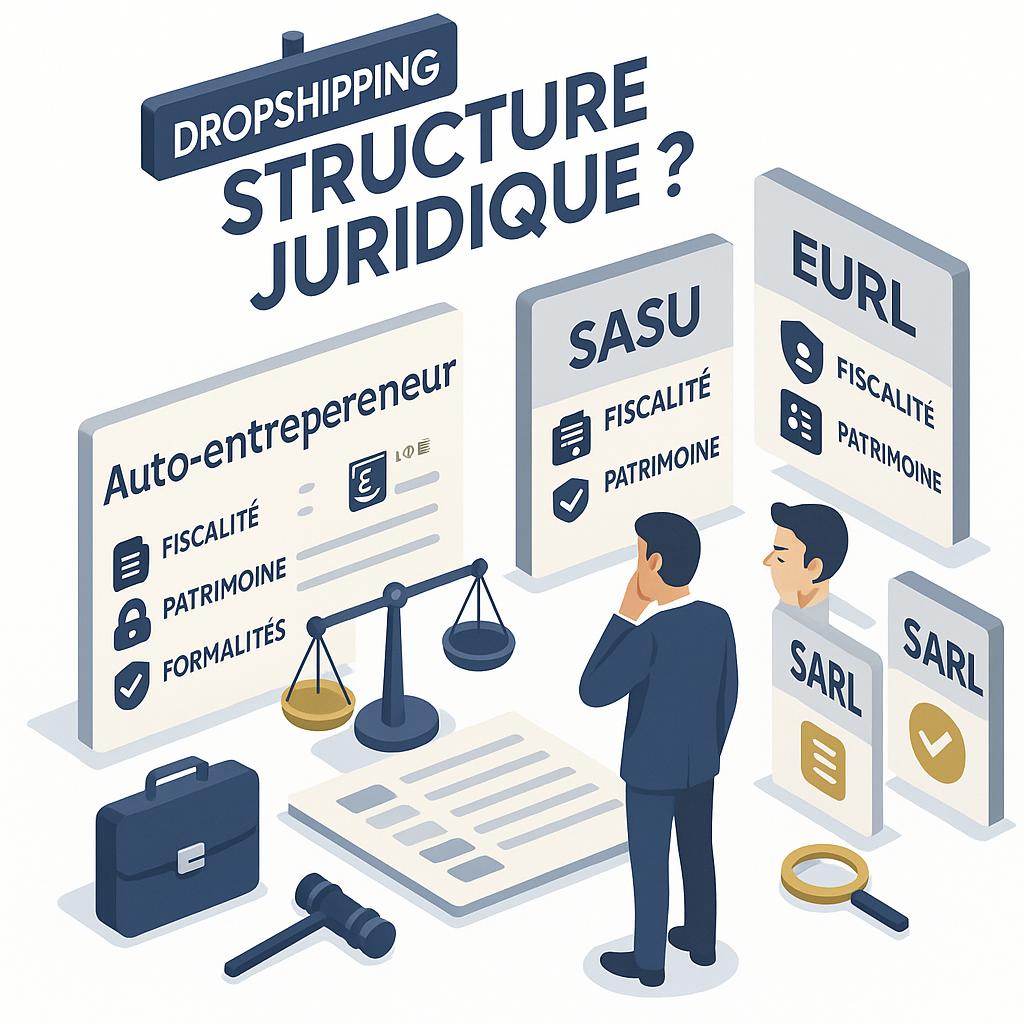AI raises thorny intellectual property issues with its ability to generate high-quality Ghibli-style images.
With the advent of new technologies, artificial intelligence has taken artistic creation to a monumental new level. The emergence of DALL-E 3, integrated into OpenAI's ChatGPT platform, has not only captivated a wide audience with its ability to generate images of striking quality, but has also raised thorny questions about intellectual property. Users find themselves in an environment where respect for copyright and trademark rights is more relevant than ever, especially when it comes to reproducing iconic styles such as those of Studio Ghibli. In this context, it is essential to examine the ins and outs of this technology, as well as the legal implications for both creators and users. What lessons can be learned from this global phenomenon, and what regulations will need to be put in place to frame the use of AI tools? The article explores these crucial legal issues, taking us deep into the workings of DALL-E 3 and its impact on the artistic landscape.
If you would like to speak to an artificial intelligence lawyer, contact me!
How does DALL-E 3 image generation work, and what impact does it have?
Image generation by DALL-E 3, integrated into OpenAI's ChatGPT, relies on advanced artificial intelligence algorithms to create visuals in response to text descriptions. Since its deployment, this feature has captured users' attention thanks to its ability to produce images that faithfully mimic renowned artistic styles, such as those of Studio Ghibli, Disney or Pixar. Indeed, users can enter specific requests and instantly receive several visual versions, transforming the way they interact with creative tools.
This dazzling success does, however, raise important intellectual property concerns. In particular, concerns have been raised by the rights holders of the original works on which DALL-E 3 has been trained, illustrating a complex problem at the junction of technological innovation and the traditional legal framework. The absence of clear licenses for the use of these works raises questions about the very legality of generating images by mimicking protected styles. These questions fall within the scope of software and database law, an essential field for understanding the technical and legal issues involved.
Aside from the legal implications, the cultural and creative impact of this technology is inestimable. Not only have the images generated enabled users to explore their creativity, they have also triggered a veritable viral phenomenon on social networks. As the digital transition progressed, many artists and hobbyists began to "ghiblize" their own photos, generating a craze for Hayao Miyazaki's aesthetic. However, this fascination with the Ghibli style raises a profound question: how far can we go in reproducing artistic styles without infringing copyright?
The success and ease of use of DALL-E 3 increase the need for appropriate regulation, which takes into account not only the protection of works, but also the encouragement of artistic innovation. Understanding this dynamic is essential if we are to appreciate the legal and ethical stakes involved, pointing to the need to develop new regulations to provide a better framework for these rapidly expanding technologies.
What are the legal implications in terms of copyright and intellectual property?
The line between creativity and infringement is more blurred than ever in the age of artificial intelligence, particularly with tools like DALL-E 3. Indeed, the creation of images inspired by iconic styles, such as those of Studio Ghibli, raises major questions about copyright. Can AI-generated works be considered original creations, or are they illicit reproductions, even indirectly? This question is echoed in article L.111-1 of the French Intellectual Property Code, which stipulates that the author of a work of the mind enjoys exclusive property rights over it.
In addition, the question arises as to whether the "imitation" of an artistic style can be approached from the angle of fair use. This doctrine, widely discussed in case law, allows certain protected elements to be used without authorization, subject to compliance with precise criteria, such as the purpose of the use and the nature of the work used. Thus, the question of the legality of using copyrighted styles remains open, and a delicate balance must be struck between protecting artists' rights and encouraging innovation.
The absence of specific legislation concerning AI-generated creations creates a legal vacuum, making it necessary to draw up clear standards that define users' rights and responsibilities. Could a new legal category be created for AI-generated works? This debate is more topical than ever, and will require clarity and collaboration between legislators, technophiles and creators to soberly define a legal framework adapted to this new reality.
What responsibility do users have in using these AI tools?
With the rise of artificial intelligence tools such as DALL-E 3, it becomes crucial to examine the responsibility of users when generating images. Indeed, although these tools simplify artistic creation, the question of the legality of the works produced and the associated rights emerges strongly. Users often find themselves in a gray area where the line between inspiration and counterfeit is blurred, and where the legal risk is very real.
Users who use DALL-E 3 to generate creations based on protected styles, such as those of Studio Ghibli, are not immune from possible infringement proceedings. According to article L.335-2 of the French Intellectual Property Code, any representation or reproduction, in whole or in part, without prior authorization constitutes an infringement of copyright. This principle also applies to user-generated creations, even if they do not directly initiate infringement. Indeed, the law considers that each user has a certain responsibility in the use of the tools available.
Furthermore, OpenAI's terms of use insist that users may not profit from works generated from protected elements without authorization. In the event of a dispute, a user could also be prosecuted for parasitism under article 1240 of the French Civil Code, if the creation generated inappropriately exploits the fame or style of an existing artist without his or her consent. These issues fall within the scope of Internet law, and require particular vigilance on the part of users of online platforms. It is therefore imperative that all users are aware of the legal implications of using these technologies, to avoid possible legal recourse.
Ultimately, this responsibility of users when interacting with AI tools raises ethical and legal issues that require careful thought, both to protect copyright and to promote responsible use of technological innovation. At a time when regulations are struggling to keep pace with the rapid evolution of technology, it is vital that users are aware of the risks and duties incumbent upon them, and act accordingly to avoid any challenge to their creativity and activities.




